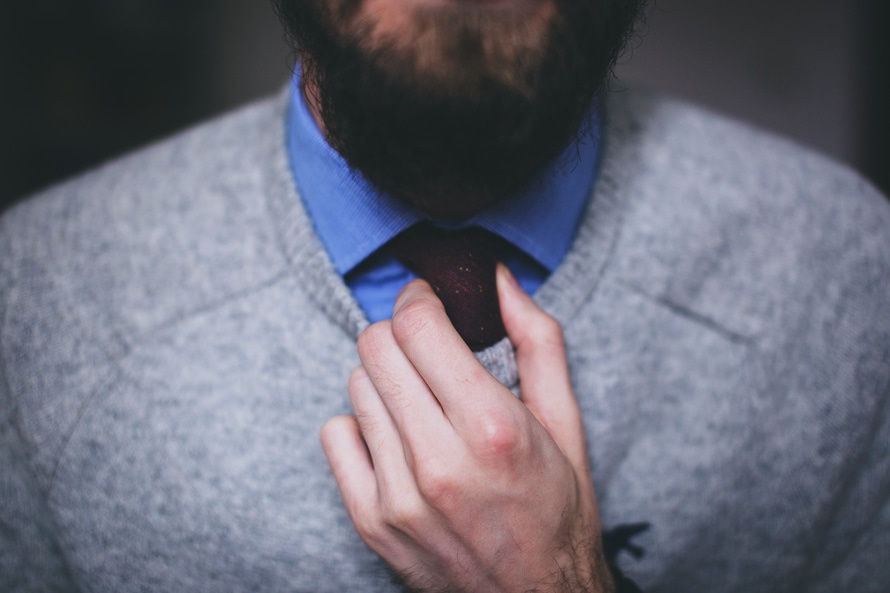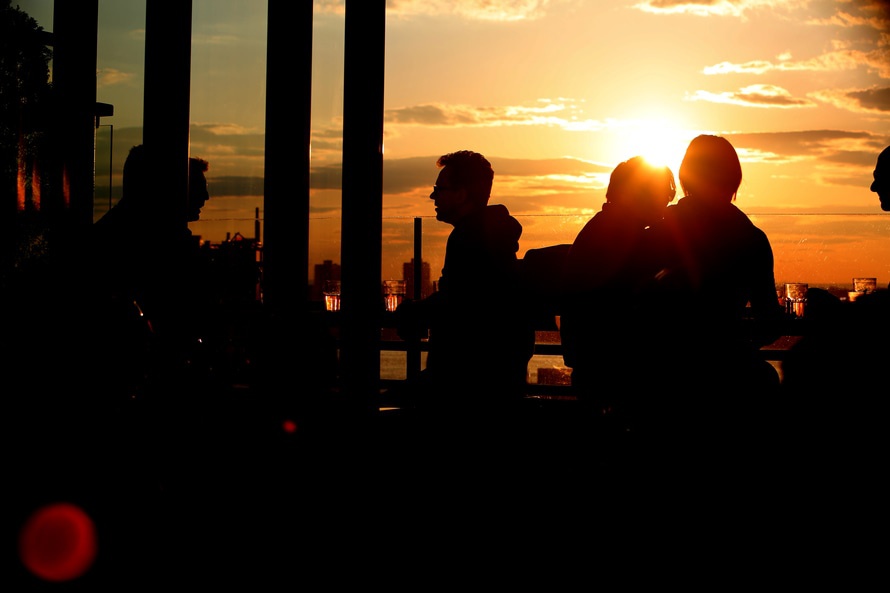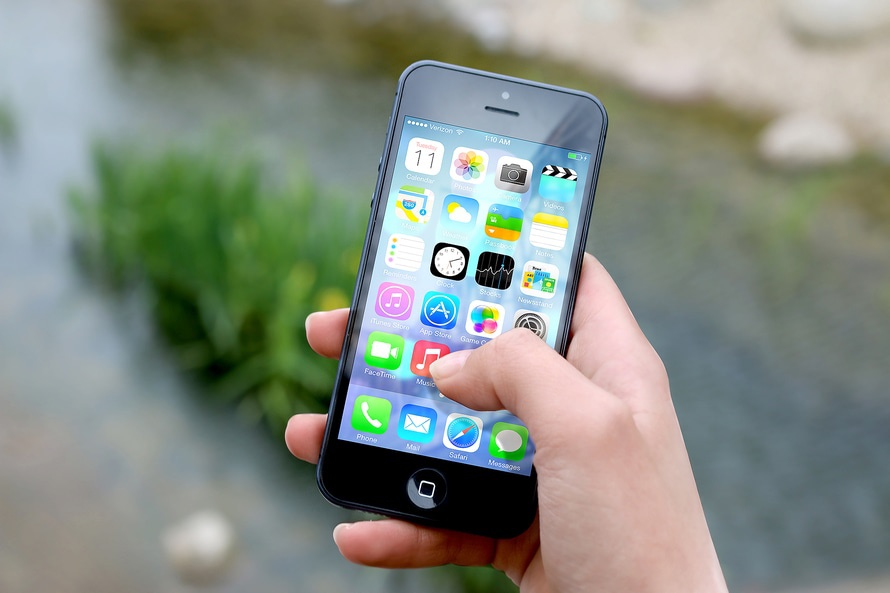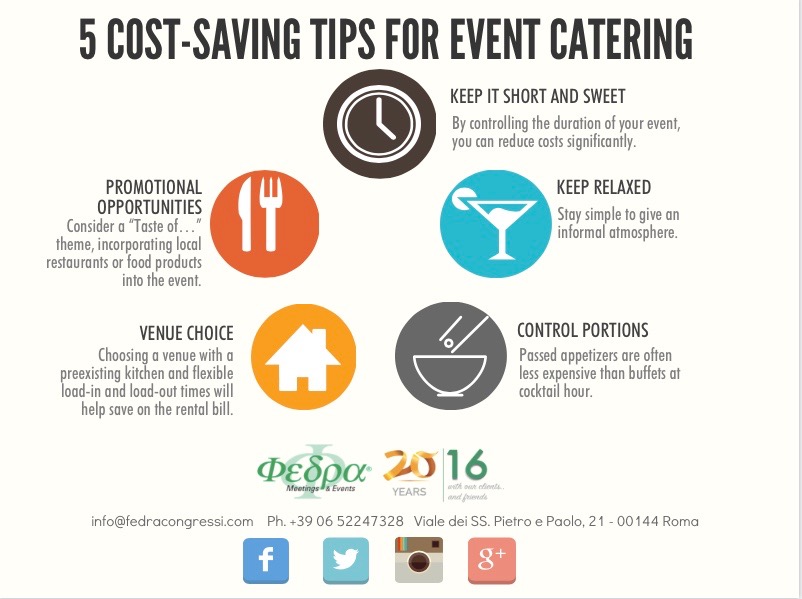Every day hundreds of people travel long distances for work. They have to attend conferences, meetings and job sites.
From a cost-cutting perspective, business travel can often seem like an unnecessary expense. However, the payoff of traveling for work might be greater than you’d think. Here’s why:
![The Value of Business Travel [infographic]](https://www.fedracongressi.com/fedra/wp-content/themes/avant/images/blank_blocks_img.png)






![Tips for a successful event: post event [infographic]](https://www.fedracongressi.com/fedra/wp-content/uploads/2016/02/untitled-infographic-2-619x1024.jpg)